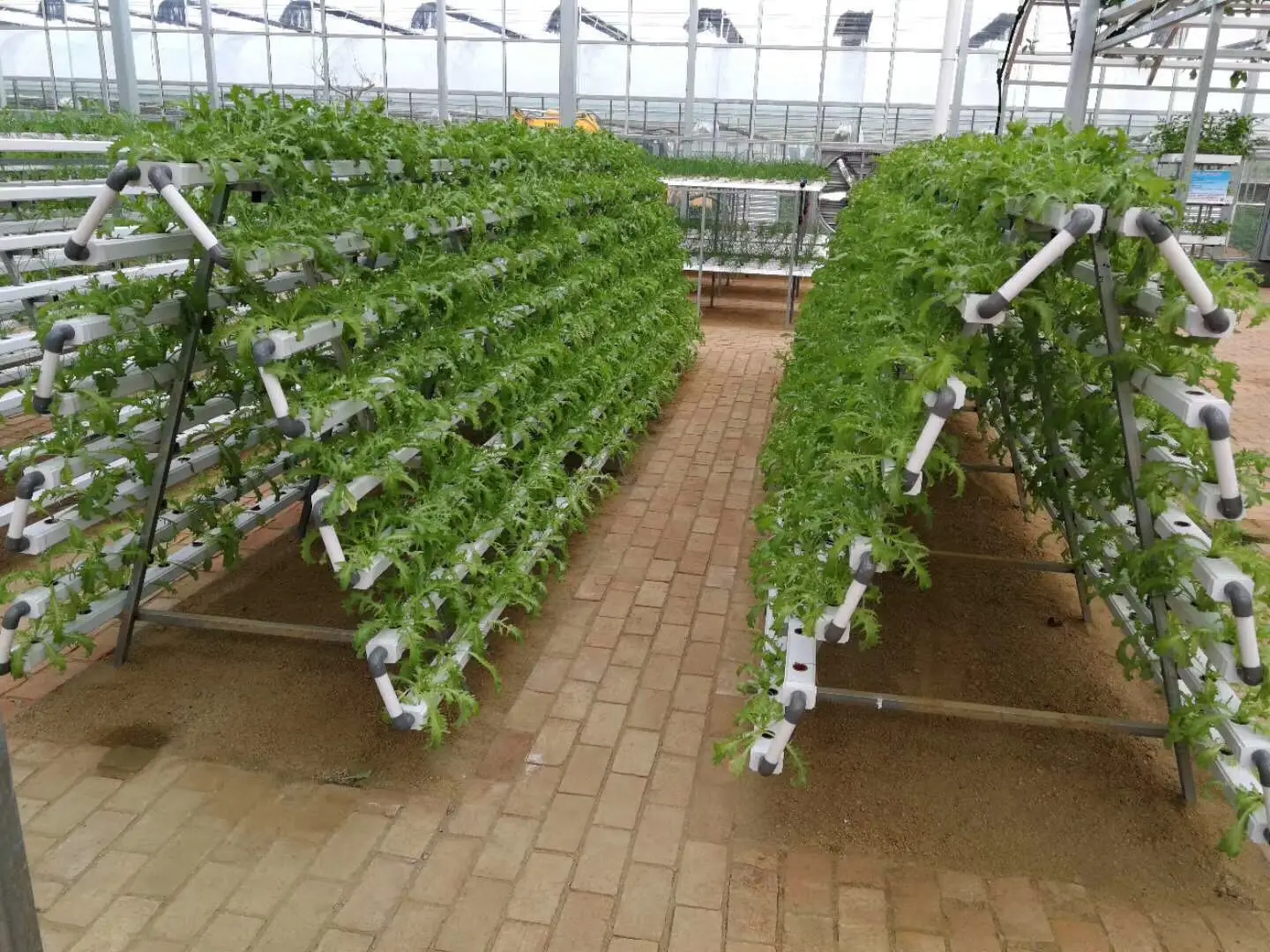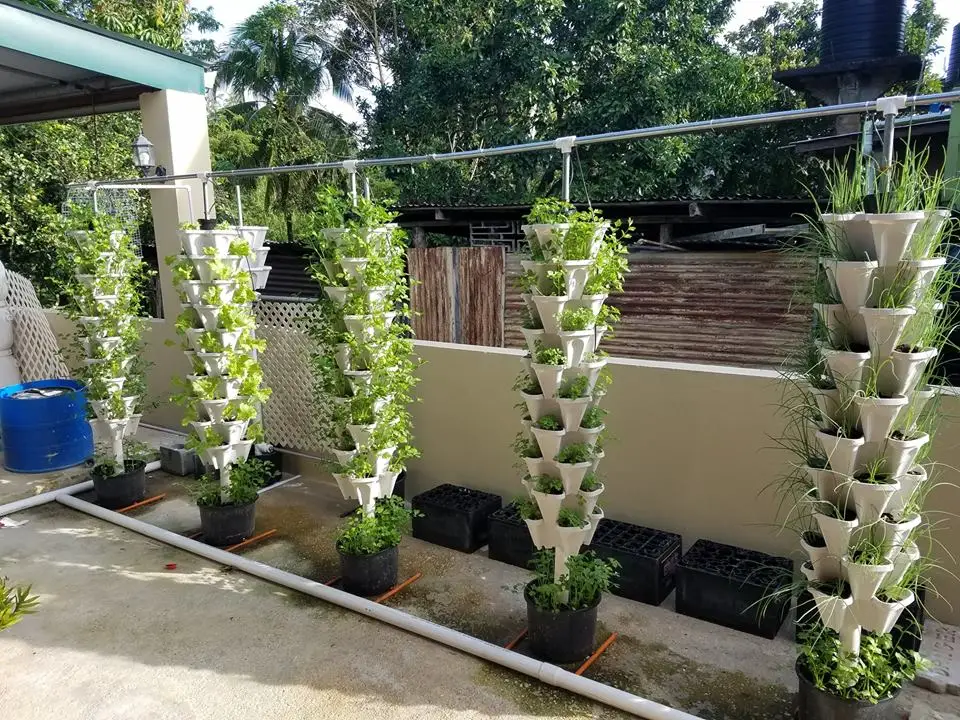Table of Content
As an alternative, the plants grow in a water solvent liquid, gravel, or sand. You must still provide nutrients for your indoor plant so it survives. Some people refer to vertical gardens as moss walls or live walls and sometimes even living green walls. All these names fit quite well for these visually appealing plants. But the main intention with vertical farms generally is to grow edible food.

It is also an opportunity to remove dead flower heads and to encourage herbs to keep flowering. Use the right pruning and trimming tools and handle the plants with care. Also, if your plant has an overgrown root system, you will need to transplant it into a bigger container or move it outdoors. Grow the smaller versions of plants when growing indoors. These can include cherry tomatoes, baby carrots and beets. “You’ll have more luck getting such fruit and veggies to grow to a good size for eating,” Bawden-Davis said.
Chalkboard Wall Planter
Click & Grow’s “ask a gardener” support section will ensure you get the help you need. But hydroponic growing holds a lot of promise—especially in fresh food-scarce areas or places with difficult weather patterns or depleted soils. It also uses less water since you’re only watering roots instead of the additional dirt around the plant. Turn your kitchen into a miniature farm with this gorgeous free-standing vertical garden from Williams-Sonoma. For edible plants, you want things with shallow roots that grow quickly.

The natural colors will add life to the interiors and match well with any color scheme. Indoor wall garden displays plants in an upright wall-like arrangement which all goes well for indoors. Setting up an indoor vertical garden isn’t that complicated. There are unlimited indoor vertical gardens you can work with. You may choose to either DIY the entire garden design or work with a ready-made vertical garden kit.
Shop Lettuce Grow
No matter what, your plants will need water and fertilizer. Make sure it is easy to handle for you and how much time you have. Self-watering systems might be easier if you are forgetful or impatient. West-facing windows receive between four and six hours of sunlight every afternoon into the evening , so not every houseplant can handle them. Pothos was originally grown in islands around the Indian and Pacific Oceans as well as Southeast Asia, New Guinea, Australia, and the Indian Subcontinent. Today, you can plant your own in a myriad of lighting and watering conditions and it should still survive.
Also, it allows to increase our yield massively by using much less land area than traditional methods. The initial outlay can be quite substantial for a home vertical farming setup. It can be as low as $50 or all the way up to $599 if you’re wanting the best equipment to get started.
Staghorn fern wall mounting board, orchid mounting board, vertical board, indoor and outdoor board 20cm x20cm
You will need to create a trellis on the wall with special holders for plants. It is like a wall shelf that looks aesthetically pleasing and provides space to grow multiple plants at a time. You can see the project at Vintage Revivals for some inspiration. Every plant needs water to grow and so is the case with indoor wall garden. It is subjective and changes with plant and its growing conditions. This planter is perfect for growing herbs and vegetables on the periphery of your kitchen.

And the drainage holes built into the top two layers allow for cascading drainage. So all you need to do is water the top two layers, ensuring you put the vegetables / plants that need the most water and light in the top layer. This self-watering hydroponic system is perfect for indoor growing thanks to the lack of soil, low maintenance and high yield. So even if you’re not satisfied with the product you can return it. They can be used to plant flowers, house plants, and herbs. Hanging pots are available in a wide range of sizes and designs.
The mirror finish reflects greenness of plants which lends a unique essence to space. If you are into DIY, making an indoor vertical garden can be a satisfying activity for you. Uselessly lying items at home or something in the trash can be used for making a wall garden.

Overall, this is a nice system to consider, if you need a vertical herb garden indoor. How much money will you spend for one of these vertical gardens? While it does depend, for each square foot, the average price is $195 to $265. Then you have to continue putting money into the maintenance and care of your indoor vertical garden.
A common thing people mistakenly think is that it’s fine to have 24/7 light on your plants, this will cause your plants to quickly die without periods of darkness. There’s plenty of reasons you should start vertical farming. Ranging from simple things such as saving space, down to environmental factors like saving lots of water.
Whether you’re brand new to indoor gardening or have been growing your plants indoors for years, our site exists to provide you with all the steps required to make your garden flourish. From grow lights, to soil tips, to indoor gardening kits, there’s always more information you can use to help your garden grow. Nature is irresistible and this is why people are getting fond of houseplants increasingly. Even if you live in a small apartment without a balcony – you can grow a variety of plants indoors. There is also a new trend of indoor vertical gardens catching up big time, which literally means to grow plants on the walls vertically. The indoor vertical garden costs vary depending on the size and planter type.
You may also want to add a pole to help give this more support. Overall, this is recommended indoor vertical garden system, since it grows so much and is cheaper than many other options on this list. It is also easy to expand, making this a good system to start with since you can add more layers with ease. You will need to start your seeds elsewhere before transplanting or buying seedlings or plants from a gardening center. Otherwise, this is a very complete indoor vertical garden kit that works great.
Different plants require different conditions for growth. While some require low to medium or indirect sunlight, others need plenty of exposure to direct sunlight. As such, the type of crop will determine the size and type of planter to use as well as the most ideal location. For example, small vine plants can be planted in hanging pots, so they’ll have plenty of room to grow downward. Aquaponic systems are similar to hydroponics, but use live fish in the water — the fish’s waste provides nutrients that helps plants grow, mimicking a natural ecosystem, Thomas explained.
ShoppingHow experts shop for a garden hose
The best plants for an indoor vertical garden are ones that stay small and don’t require support. Plants like bell peppers, cucumbers, and tomatoes may need cages or stakes to ensure proper growth. Aeroponics is a form of indoor gardening that utilizes air or mist to grow plants without using dirt or gravel as an aggregate medium.

You’ll need to mist your leaves regularly to maintain humidity in your home garden. Similarly, some plants need fertilizers applied more frequently than others since they will run out of nutrients and develop weak over time. The next step is choosing the best materials to grow your plants.


No comments:
Post a Comment